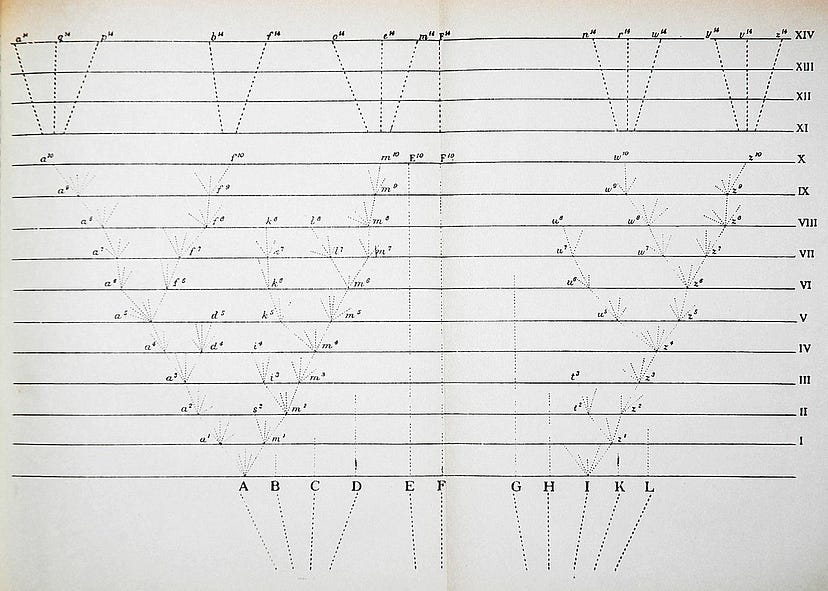While furries are fans of anthropomorphism in general, they connect more with certain animals. There are subcamps of furries, including scalies (with an interest in reptilian animals such as dragons, turtles, and lizards (e.g.: kobolds)) and avians (interest in birds, mainly), and some of the more popular animals in the furry fandom include foxes, wolves, and big cats. This is, in part, due to popular media representation, with movies such as The Fox and the Hound, Balto, Bolt, Alpha and Omega, and Aristocats. Ever since the "funny animal" cartoons of the early 1900s, there has been a persistent animal superiority in anthropomorphic representations.
